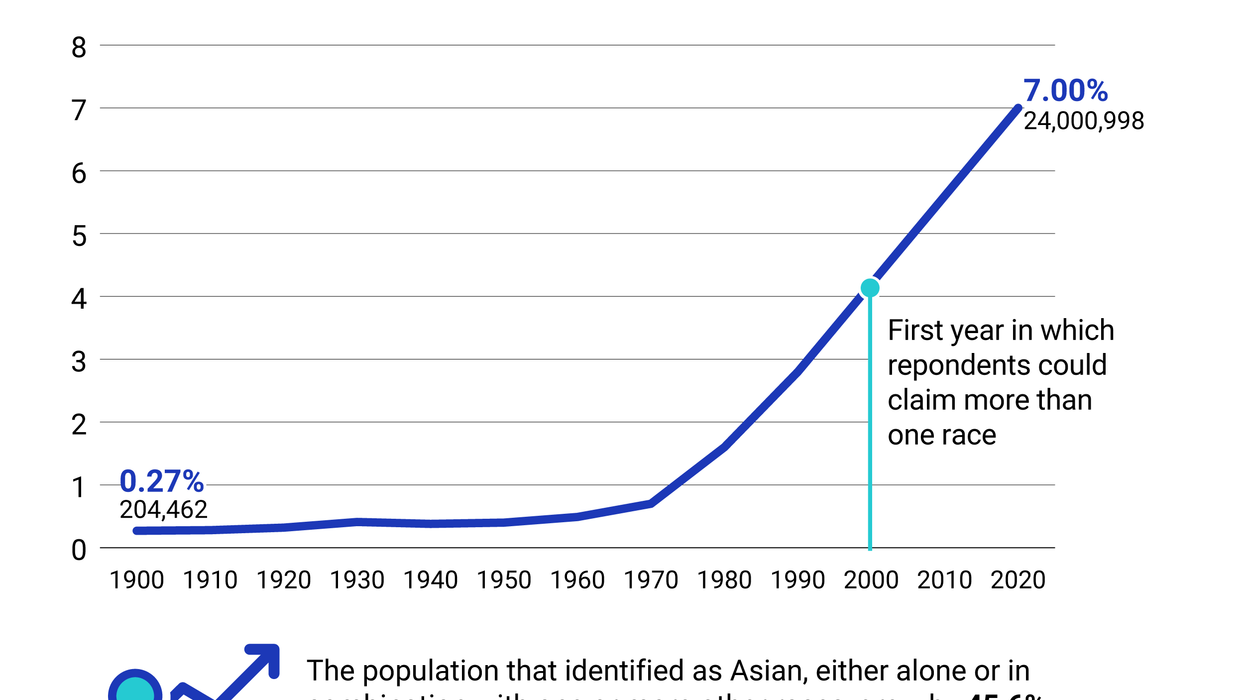Graphic Truth
Graphic Truth: Asian American population boom
As we mark Asian American and Pacific Islander Heritage Month — officially proclaimed for the first time in 1990 — we look at the growth of the Asian American population over the past century.
May 19, 2024

